THE Aboriginal and Torres Strait Islander flags fly proudly over Civic Square following a ceremony this morning to officially open NAIDOC Week in Canberra.
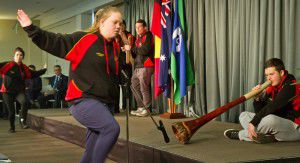
The flag-raising ceremony followed the official NAIDOC Week launch, which began with a performance by Aboriginal dance group Wiradjuri Echoes and a Welcome to Country from Gunditjmara elder Aunty Laura Bell.
Ms Bell offered “heartfelt thanks to all our unsung heroes, both black and white, whose work is never properly acknowledged”.
“Without the support and sacrifice of these unsung heroes we would all be overwhelmed in our struggle,” she said.
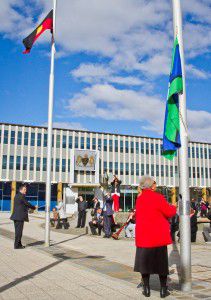
In his speech, Mr Little spoke of his own understanding of the Bark Petitions and the struggle for recognition of Aboriginal people in the Australian Constitution, which he said was “something that should be a no-brainer for a society”.
“The principle [behind the Bark Petitions] is Aboriginal people standing up for their rights and wanting their rights be recognised … and it means a whole lot more to me today than it did when I was younger,” he said.
“In 2013 we’re still trying, and we’ve been trying very hard since colonisation, trying to get the colonisers to recognise our rights, value our cultures, value us as people… it’s about bringing together the laws, two laws, the white law and our own laws, which our cultures have been practising for tens of thousands of years.”
Reconciliation Australia co-chair Dr Tom Calma says the bark petitions “set in train the long process of social, legal and legislative change towards recognition of Aboriginal and Torres Strait Islander rights which continues today”.
“Their sophisticated strategy which included both a legal case before the Supreme Court of the Northern Territory and a direct bark petition appeal to the Australian Parliament, although immediately unsuccessful, was the forerunner for the Mabo High Court decision three decades later which finally overturned the doctrine of terra nullius,” Dr Calma says.
“Faced with the imminent loss of large tracts of their land to bauxite miner Nabalco, the Yolngu stood by their own law and established an important precedence when their petition, in the form of bark paintings, became the first traditional documents recognised by the Australian Parliament.
“Also significant in the Yolgnu’s defence of their country was Justice Blackburn’s acknowledgement for the first time in an Australian higher court the existence of a system of Aboriginal law.”

In his speech, Minister Rattenbury acknowledged the presence of his Assembly colleagues, Mary Porter, Mick Gentleman, Yvette Berry and Andrew Wall, as well as many of the directors-general and deputy directors-general of the ACT Public Service and members of the ACT Public Service Indigenous Network.
NAIDOC Week 2013 kicked off on Saturday night with the NAIDOC Week Ball and Awards Night, which was followed on Sunday by “NAIDOC on the Peninsula”.
The full list of Canberra NAIDOC Week events can be found on the NAIDOC Week website, including an indigenous art exhibition, the Aboriginal and Torres Strait Islander Health Expo and the Inside Out Forum at the National Convention Centre on Wednesday and Thursday, which features the two remaining founding members of the Tent Embassy.
Who can be trusted?
In a world of spin and confusion, there’s never been a more important time to support independent journalism in Canberra.
If you trust our work online and want to enforce the power of independent voices, I invite you to make a small contribution.
Every dollar of support is invested back into our journalism to help keep citynews.com.au strong and free.
Thank you,
Ian Meikle, editor
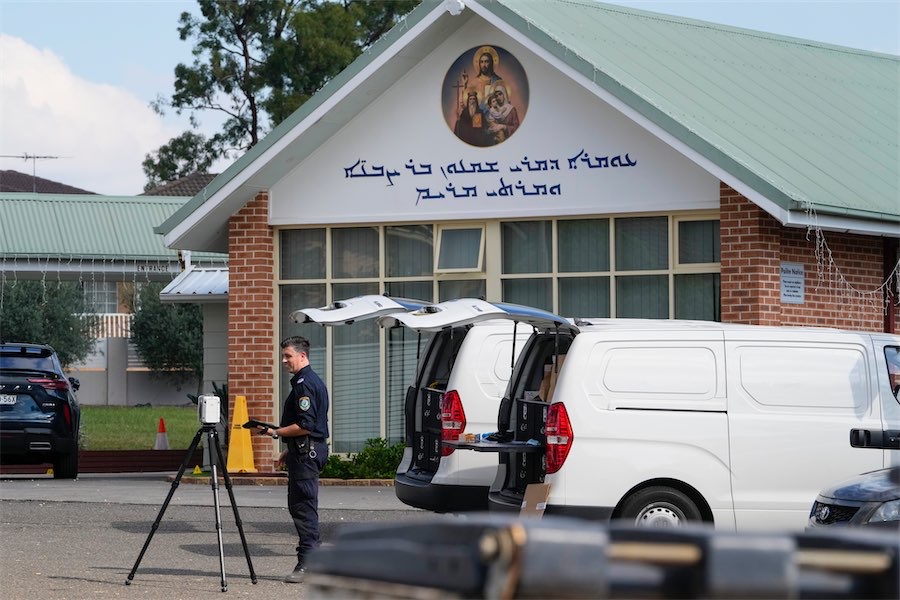
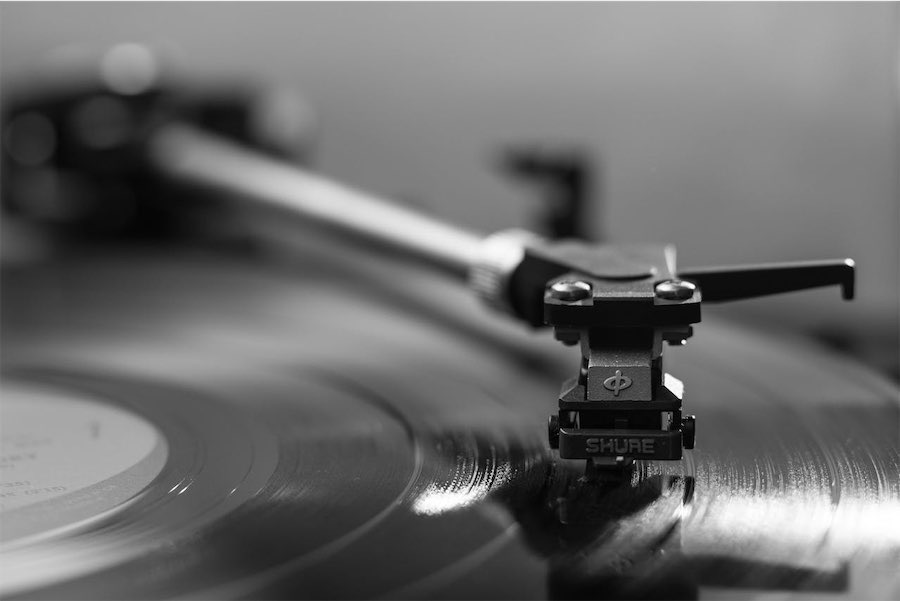
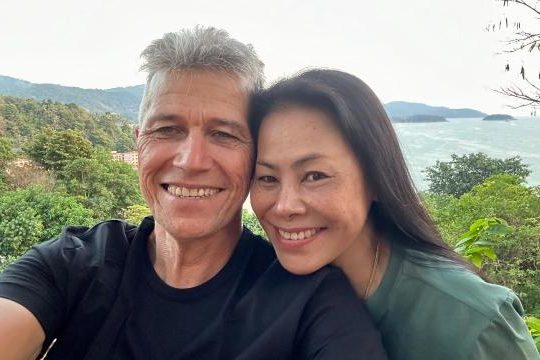

Leave a Reply